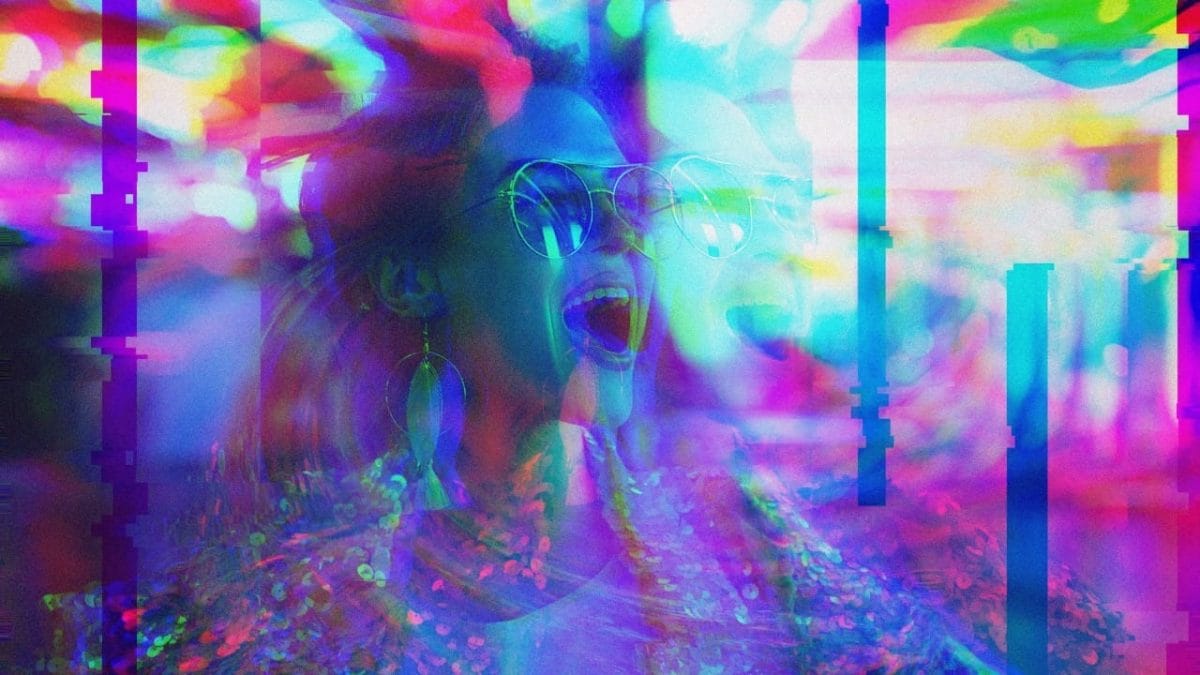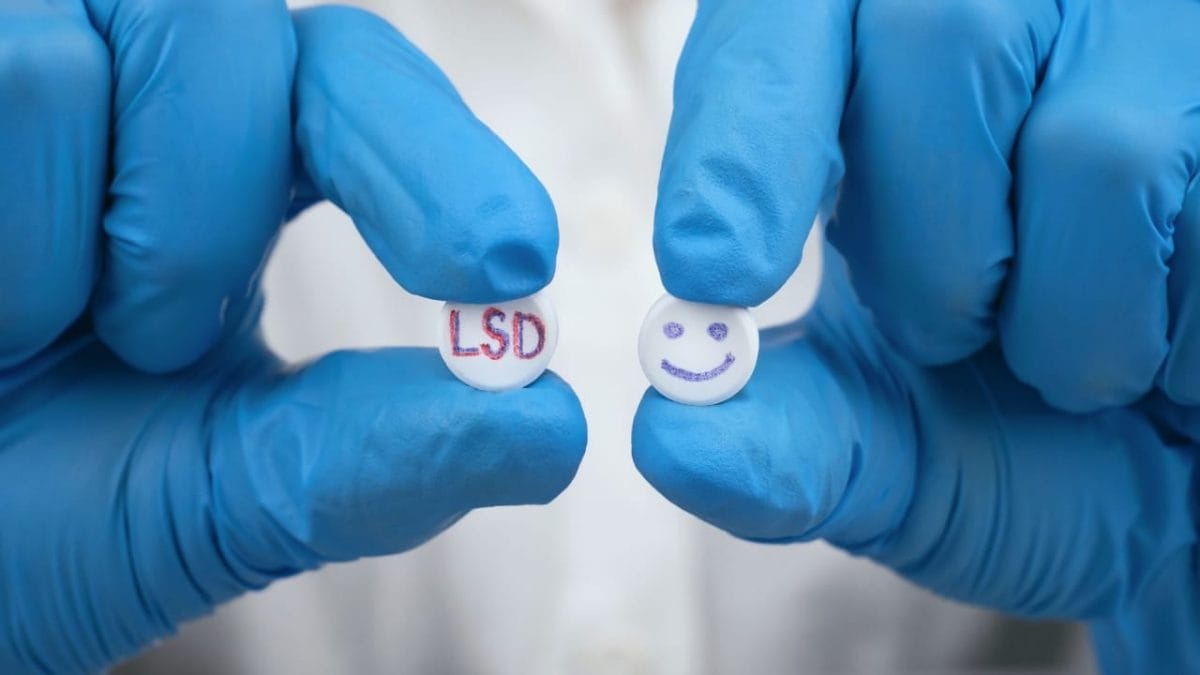Nearly half a century ago, scientists unveiled a cosmic giant lurking at the center of our Milky Way: a supermassive black hole. This celestial behemoth, located a staggering 25,000 light-years from Earth, tips the scales at 4.6 million times the mass of our Sun ¹.
But it’s not just its size that’s mind-boggling.
This black hole is spinning at such a velocity that it’s warping the fabric of space-time around it. What does this mean for our understanding of the universe?
And why should we, mere specks in the vast cosmos, care about this distant, dark titan?
Spinning Into the Unknown

Dr. Paul Sutter, an astrophysicist, NASA adviser, and acclaimed author, unravels the mysteries of black holes ², presenting them as deceptively simple cosmic phenomena characterized by just mass, electric charge, and spin.
However, this apparent simplicity conceals their profound influence on the cosmos.
Sutter articulates how the rapid spin of our galaxy’s central black hole doesn’t just warp space-time; it fundamentally challenges our understanding of physics, introducing complexities that puzzle even the most seasoned scientists.
He ventures further into the depths of the black hole information paradox.
In this conundrum, these celestial bodies seem to defy the sacred law of information conservation, suggesting realms of physics yet to be discovered. This paradox deepens the mystery surrounding black holes and significantly alters our cosmic outlook.
Sutter’s insights illuminate the intricate dance between the seemingly straightforward and the deeply complex, highlighting the pivotal role black holes play in the grand cosmic drama, from the evolution of galaxies to the very fabric of reality.
Space-Time: The Cosmic Stage
Far from mere science fiction, space-time is the dynamic arena of cosmic events. This fabric, which stretches and warps to create gravity, orchestrates the celestial dance of stars, planets, and light.
MIT’s research ³ underscores that when a black hole spins, it doesn’t merely disturb this fabric; it commandeers it, dragging space-time in a phenomenon known as “frame-dragging.” This powerful effect pulls nearby objects into a spiraling descent around its event horizon, demonstrating the black hole’s might and its role in shaping the universe’s very structure.
The dynamic interplay between black holes and space-time doesn’t just alter the paths of nearby objects; it weaves the very fabric of the cosmos into a complex, interconnected tapestry, revealing a universe far more intricate and dynamic than previously imagined.
Why It Matters
The discovery of the black hole’s spin and its effects on space-time is more than just a scientific curiosity. It’s a puzzle piece in the grander narrative of the cosmos.
Understanding these giants helps us grasp the evolution of galaxies and the universe at large.
It informs us about stars’ birth and death, planetary systems’ formation, and, potentially, the conditions for life itself. This knowledge isn’t just for astronomers and physicists; it’s a window into our past and a guide for our future.
More from Viral Chatter

Nearly three years before the famous ‘Oumuamua made headlines, Interstellar Meteor 1 (IM1) struck the Earth in 2014.
The incident remained a mystery for years, with its interstellar origins only recently confirmed.
Let’s look at the journey of IM1, from its dramatic entry to Earth to the groundbreaking research that unveiled its cosmic origins.
- Don’t Miss: Declassified U.S. Documents Reveal IM1’s Mysterious Arrival: The First Interstellar Visitor
Sources
- nasa.gov/missions/ixpe/milky-ways-central-black-hole-woke-up-200-years-ago-nasas-ixpe-finds/
- space.com/black-hole-information-paradox-mystery.html
- news.mit.edu/1997/blackholes
from Viral Chatter https://viral-chatter.com/scientists-say-supermassive-black-hole-spins-so-fast-it-could-warp-space-time/
via IFTTT
from Viral Chatter https://viralchatter0.blogspot.com/2024/02/scientists-say-supermassive-black-hole.html
via IFTTT
from
https://viralchatter0.wordpress.com/2024/02/03/scientists-say-supermassive-black-hole-spins-so-fast-it-could-warp-space-time-2/
















